Firefighting Personal Protective Equipment, refers to the specialized gear and equipment worn by firefighters to protect themselves from the hazards associated with firefighting activities. A Structural Fire Fighting Suit, also known as a turnout coat or bunker gear, is made of fire-resistant materials such as Nomex or Kevlar. PPE also includes: Fire Fighting gloves, Fire Boots, Hoods which can have particle blocking qualities. Wildland Fire Fighting PPE is designed to protect Fire Fighters during Wildfires.
Our Structural Fire Fighting Suits are certified to EN469:2020. All products are tested to EN Standards at an Independent test laboratory. Products are certified according to the current EU standards in their range of Fire Fighting PPE, which includes: EN 659:2003+A1:2008, EN 15090, EN 443:2008, EN 13911:2017.
Assisting Fire Services to comply with EU PPE Regulations, including support and advise on product design, product selection, product cleaning, product inspection, product repair, product tracking, and product removal from use at end of life.
Apparel Supply provides comprehensive training and support to our customers as per PPE Regulation (EU) 2016/425 for manufacturers of complex PPE. Complex PPE is required to be worn by workers who face high probability of experiencing exposure to life threatening injuries in their now normal working environment, e.g. Fire Fighters.

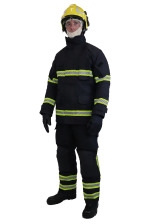




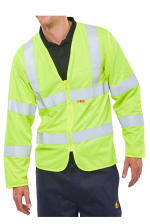
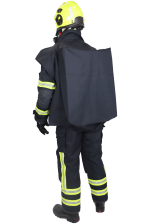

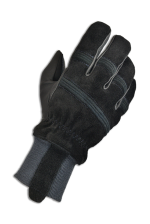
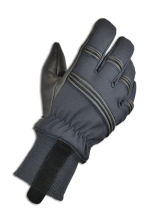
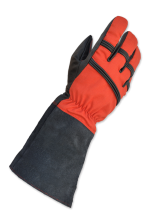

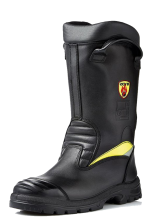

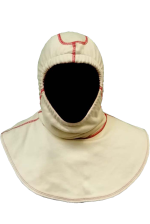
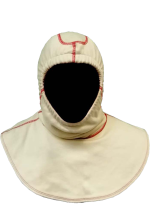
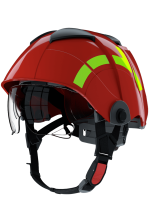

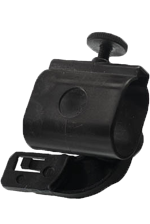
Firefighting Personal Protective Equipment, refers to the specialized gear and equipment worn by firefighters to protect themselves from the hazards associated with firefighting activities. A Structural Fire Fighting Suit, also known as a turnout coat or bunker gear, is made of fire-resistant materials such as Nomex or Kevlar. PPE also includes: Fire Fighting gloves, Fire Boots, Hoods which can have particle blocking qualities. Wildland Fire Fighting PPE is designed to protect Fire Fighters during Wildfires.
Our Structural Fire Fighting Suits are certified to EN469:2020. All products are tested to EN Standards at an Independent test laboratory. Products are certified according to the current EU standards in their range of Fire Fighting PPE, which includes: EN 659:2003+A1:2008, EN 15090, EN 443:2008, EN 13911:2017.
Assisting Fire Services to comply with EU PPE Regulations, including support and advise on product design, product selection, product cleaning, product inspection, product repair, product tracking, and product removal from use at end of life.
Apparel Supply provides comprehensive training and support to our customers as per PPE Regulation (EU) 2016/425 for manufacturers of complex PPE. Complex PPE is required to be worn by workers who face high probability of experiencing exposure to life threatening injuries in their now normal working environment, e.g. Fire Fighters.
Lorem ipsum dolor sit amet, consectetur adipiscing elit. Ut elit tellus, luctus nec ullamcorper mattis, pulvinar dapibus leo.

Lorem ipsum dolor sit amet, consectetur adipiscing elit. Ut elit tellus, luctus nec ullamcorper mattis, pulvinar dapibus leo.

Lorem ipsum dolor sit amet, consectetur adipiscing elit. Ut elit tellus, luctus nec ullamcorper mattis, pulvinar dapibus leo.
Apparel Supply Ltd.
Azzurri House
Kilcohan
Waterford X91 P667
Ireland
+353 (51) 348000
info@apparelsupply.ie
Apparel Supply Ltd.
Work LAB
IDA Ind Est
Cork Road
Waterford X91 DC96
Ireland
+353 (51) 348000
info@apparelsupply.ie
Apparel Supply Ltd Reg. 141824 Vat No. IE 4877849T Co. brands Fire Guardian®, Waterford Uniforms®, Apparel MED®
Certified Quality Systems, ISO 9001, Module D, ISO 13485. ©2023 Apparel Supply Ltd.
An arc flash is a sudden release of electrical energy that occurs when current jumps across a gap between two conductors or from a conductor to a ground. The arc flash generates an intense burst of heat and light that can cause serious injuries, damage to equipment, and fires.
Arc flashes can occur in a wide range of electrical systems and equipment, including switchgear, transformers, motors, and other high-voltage components. They can be caused by a variety of factors, including equipment failure, human error, or a short circuit.
The intense heat generated by an arc flash can cause severe burns, as well as ignite clothing and other materials in the surrounding area, leading to secondary fires. The bright light from the arc flash can also cause temporary or permanent vision damage.
To prevent arc flash incidents, it’s important to follow proper electrical safety procedures, including wearing appropriate personal protective equipment (PPE), de-energizing equipment before working on it, and maintaining a safe distance from energized equipment.
Understanding Arc Ratings and Calories
Now that you understand FR clothing is tested and given an arc rating, you know that the arc rating measures the amount of heat the flame resistant fabric blocks when exposed to electric arc. The arc rating is the number of calories that the garment is expected to “absorb” if exposed to an electric arc. Arc rating is, in essence, the level of protection provided to you, the wearer.
Calorie is the unit of measure of the heat energy of an arc flash and the protective level of FR clothing. The bigger the calorie number, the greater the heat energy level of arc flash and the greater the protective level of the clothing. You will be protected from an electric arc if your clothing has a higher calorie arc rating than the calories of heat generated by the arc.
While it does not matter if the fabric has an Ebt, ATPV and or ELIM value, it is important to pay attention to the calorie level the fabric can support* (as expressed in cal/cm2)